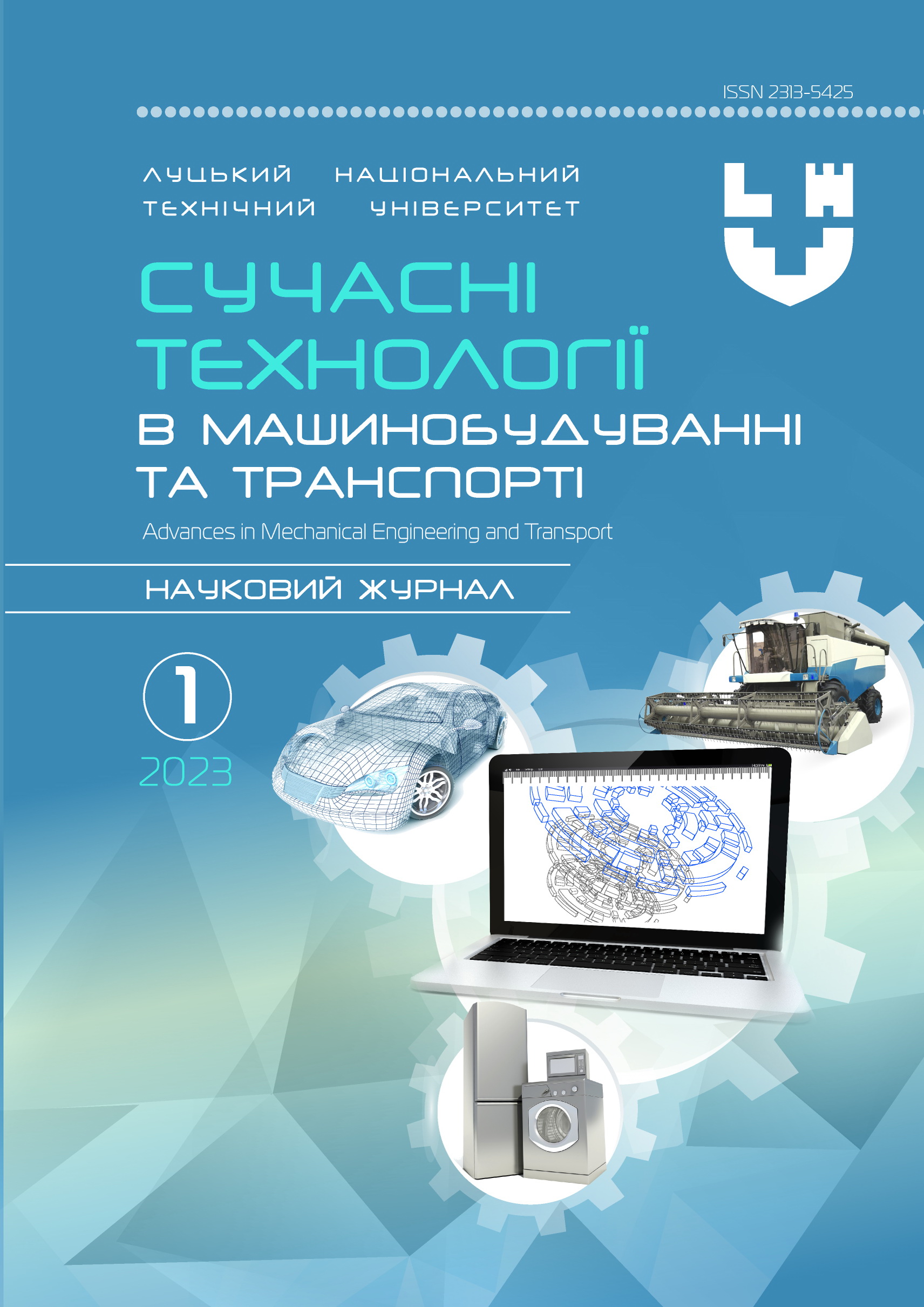Modern conceptual principles of using geometric shapes in car design for mass production
Abstract
The paper is devoted to the development of conceptual principles for the use of geometric shapes and elements in the process of designing a car for industrial production.
The analysis of literature sources has shown that the geometric style is actively used in the design development of various elements, from the appearance of the car body to the objects of the interior space of the car. All of these objects are designed to emphasize the overall geometric style of the car and create a unified visual image. Geometry also plays an important role in the ergonomics of modern cars, as it determines the shape and size of various components, including seats, steering wheel, dashboard, and pedals. For example, the geometry of the seats determines the backrest angles, seat height and depth, as well as the distance between the seats in the cabin, which affects the seating position of the driver and passengers, as well as their comfort and safety during the trip. The geometry of the steering wheel affects the comfort and safety of driving. The distance from the steering wheel to the seat and the position of the steering wheel determine the ease of driving. The shape of the steering wheel affects the driver's comfort, for example, a flat steering wheel can make driving more comfortable and enjoyable. The geometry of the dashboard affects the usability of various car functions, such as the navigation system, multimedia system, and climate control. The ergonomic arrangement of devices and buttons in a car can make them easily accessible to the driver without distracting his or her attention while driving.
The use of geometric shapes and elements in the design of car interiors and exteriors is divided into two areas: the design of futuristic show cars and the design of cars for mass consumption. The somewhat limited possibilities for creative, imaginative car design in the second direction are due to a number of factors, which are the subject of this paper. These include the following problems: the lack of a unified classification and comprehensive analysis of the most effective geometric elements and shapes for car design; designers' ignoring the effective combination of several complex geometric shapes in one object or element; sometimes insufficient use of "parametrics" in car design; insufficient consideration of the basic technological principles of production when applying a variety of geometric parameters. These factors, today, have little or no impact on the consideration of all the formative and functional capabilities of a variety of combinations of geometric shapes in a particular project and, as a result, negatively affect the psychology of holistic human perception of car design.
All the research objectives set to achieve the goal have been fulfilled. The paper presents an analysis of the experience of using various geometric shapes to develop car design, proposes a classification scheme of elementary geometric elements of different dimensions that are most effectively used in the design of passenger cars.
Based on the classification of elements and analysis of their application for various components of car design, 4 basic principles of car design for mass production are identified and the role of the geometric design approach for each of the proposed principles is revealed.
The influence of each of the studied principles on the optimization of car design development processes is analyzed. Based on the proposed principles of using combinations of various geometric shapes in car design, the current key trends in the use of geometric style in car design for mass production are outlined.
Keywords: car for industrial production, geometric style, car design, combinations of geometric shapes, basic design principles, key design trends.




